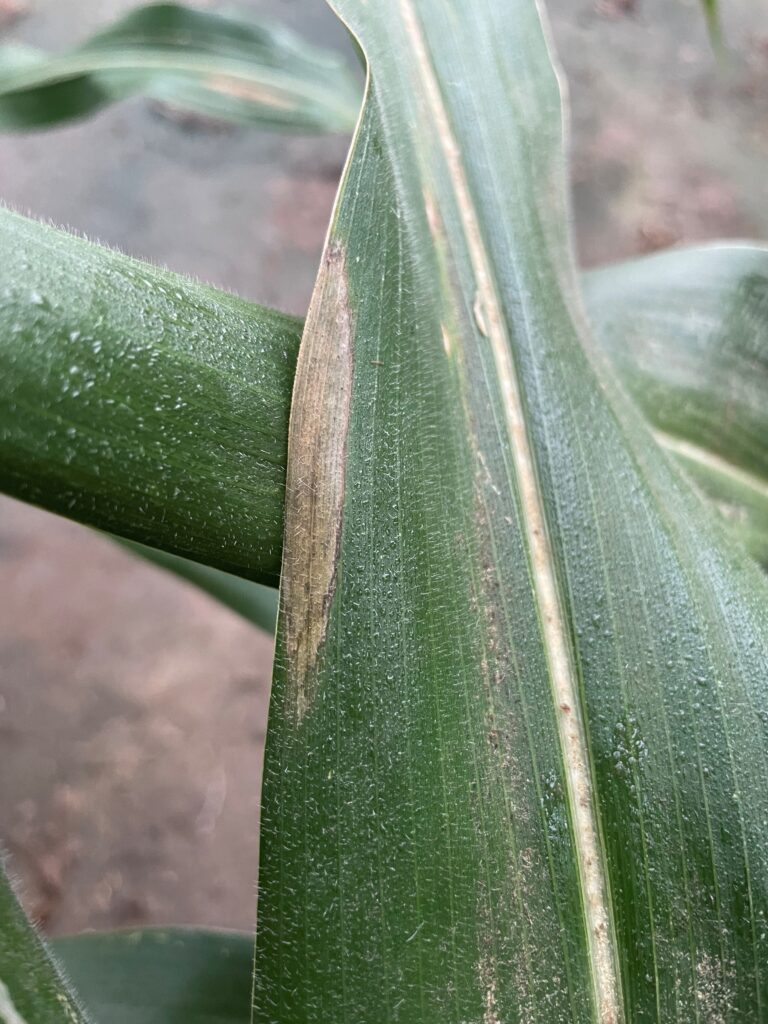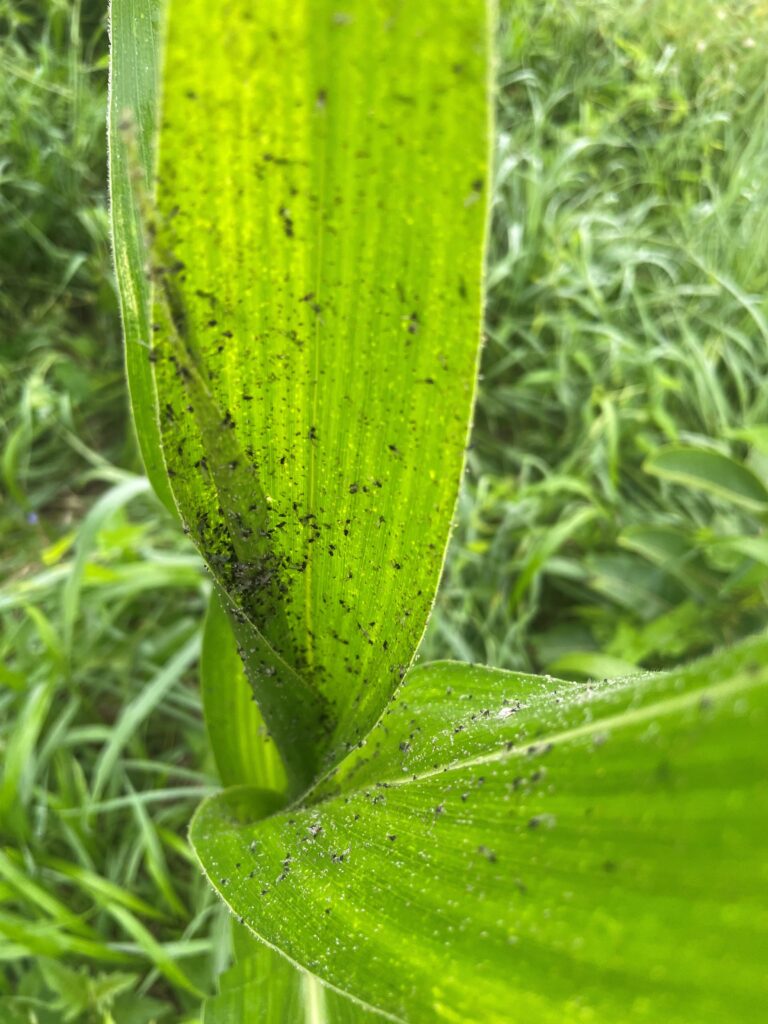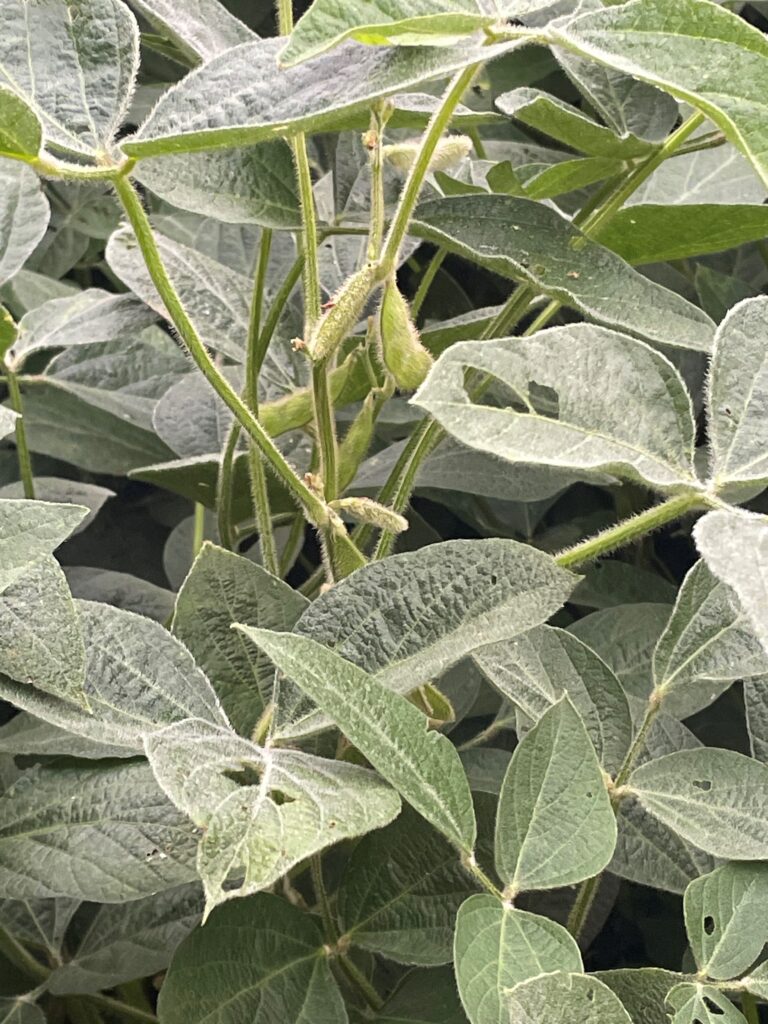
Russ Higgins
IL Extension
rahiggin@illinois.edu

Russ Higgins
IL Extension
rahiggin@illinois.edu
RUSS HIGGINS UPDATES



As July ends warmer temperatures and humidity returned to NE Illinois. While some appreciate seeing a sunrise mist with morning coffee, I think of extended leaf wetness on crops and that it often favors fungal leaf diseases. Despite these occurrences, I continue to see very limited leaf disease symptoms in corn or soy. From a maturity standpoint in fields visited, corn is transitioning from R3 (milk) to R4 (dough) stage. The starch within the kernel is converting from a liquid to a pasty consistency. R4 is often the shortest reproductive stage dependent on environmental conditions. Soy has reached R4 or the full pod stage. At this stage a ¾ inch (2 cm) pod can be found on one of the 4 uppermost nodes on the main stem. R4 through R6 (full seed) is a critical time for the soybean plants exposed to environmental stresses. Issues at this time can cause more significant yield decreases than other growth stages.
Recently Dr. Doris Lagos (USDA-ARS) at the University of Illinois reported finding corn aphids in the suction trap network https://suctiontrapnetwork.org/data/ and in fields. Several have corroborated finding corn aphids and suggested treating specifically for the pest. In my scouting visits I am finding corn aphid populations where I often find them, on plants at or near field edges, and at very low densities (random mostly singular plants).


 and then
and then